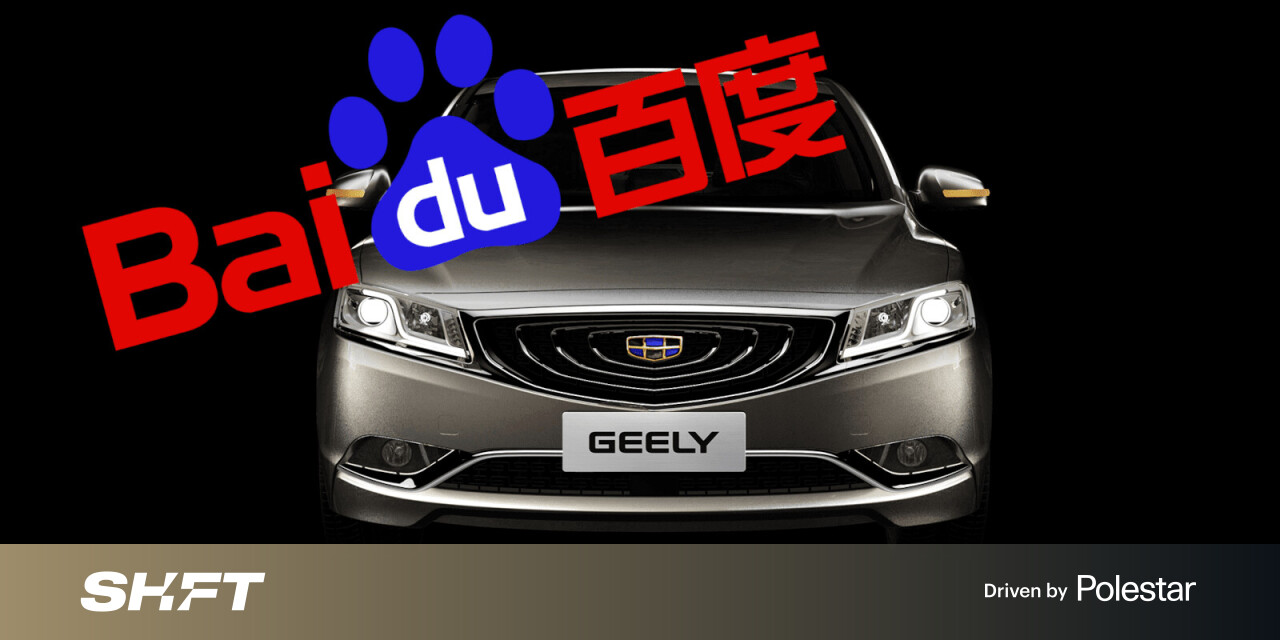Hisense Just Built a Home Theater Projector That Geeks Will Love
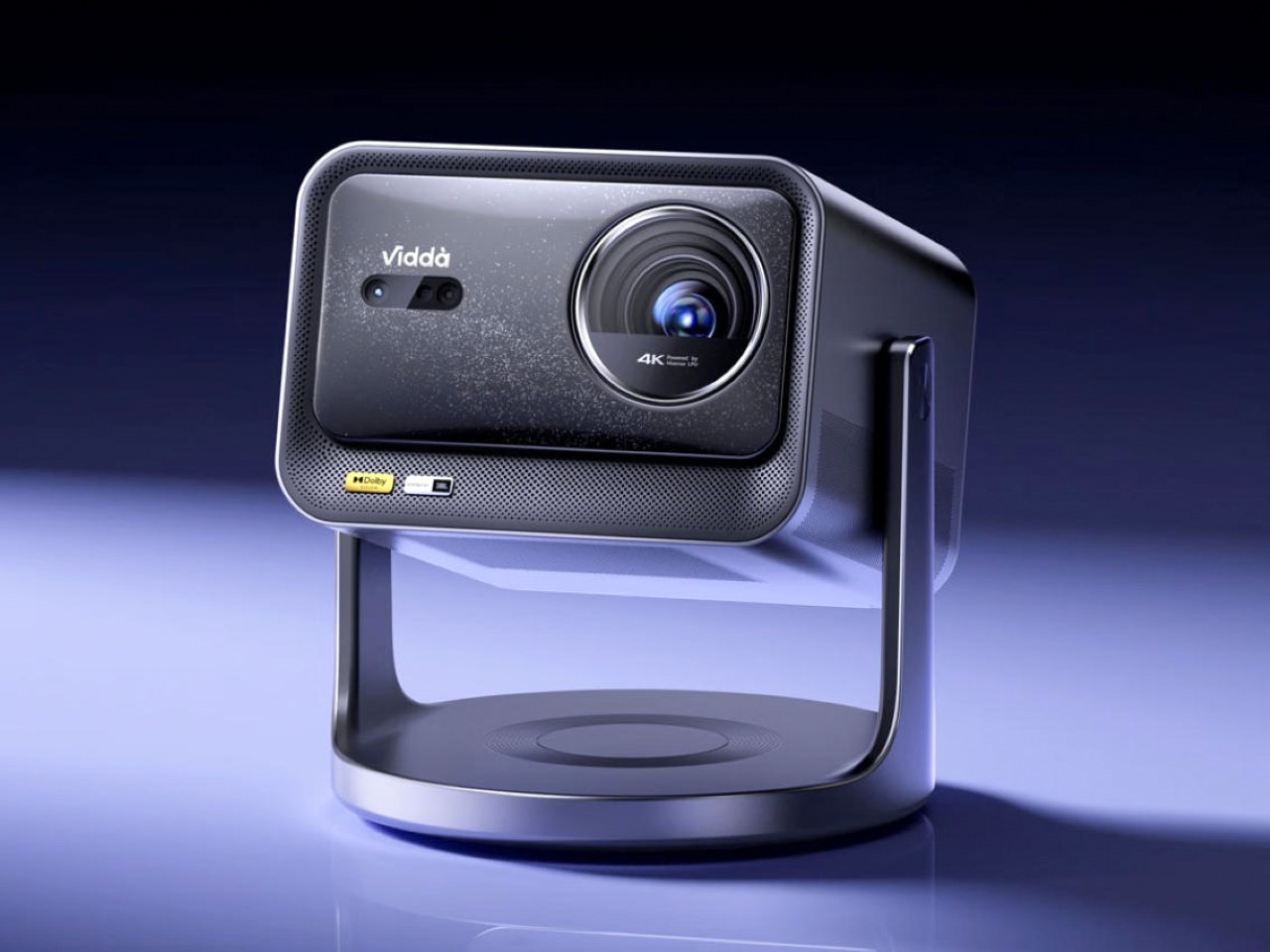

They don’t really make living room projectors for the kind of people who keep colorimeters in their drawers and argue about Rec.709 vs. BT.2020 on forums at 2 AM. But sometimes, a company gets just close enough to that sweet spot between nerd appeal and mass-market polish. That’s where the Hisense Vidda C3 Pro lands – quietly confident, technically sharp, and, frankly, way more interesting than its price tag suggests.
It’s built on Hisense’s Trichroma laser tech, the same color-obsessed light engine that’s been creeping its way into the brand’s higher-end displays. With a peak brightness of 2,800 CVIA lumens, it’s not trying to scorch your retinas, but it does hit the kind of real-world visibility that makes HDR worthwhile in actual living spaces. Sure, CVIA isn’t ANSI, and Hisense still doesn’t provide that translation. But this is China’s homegrown measurement, and within that context, the number tracks. It’s bright, just not stadium-bright.
Designer: Hisense
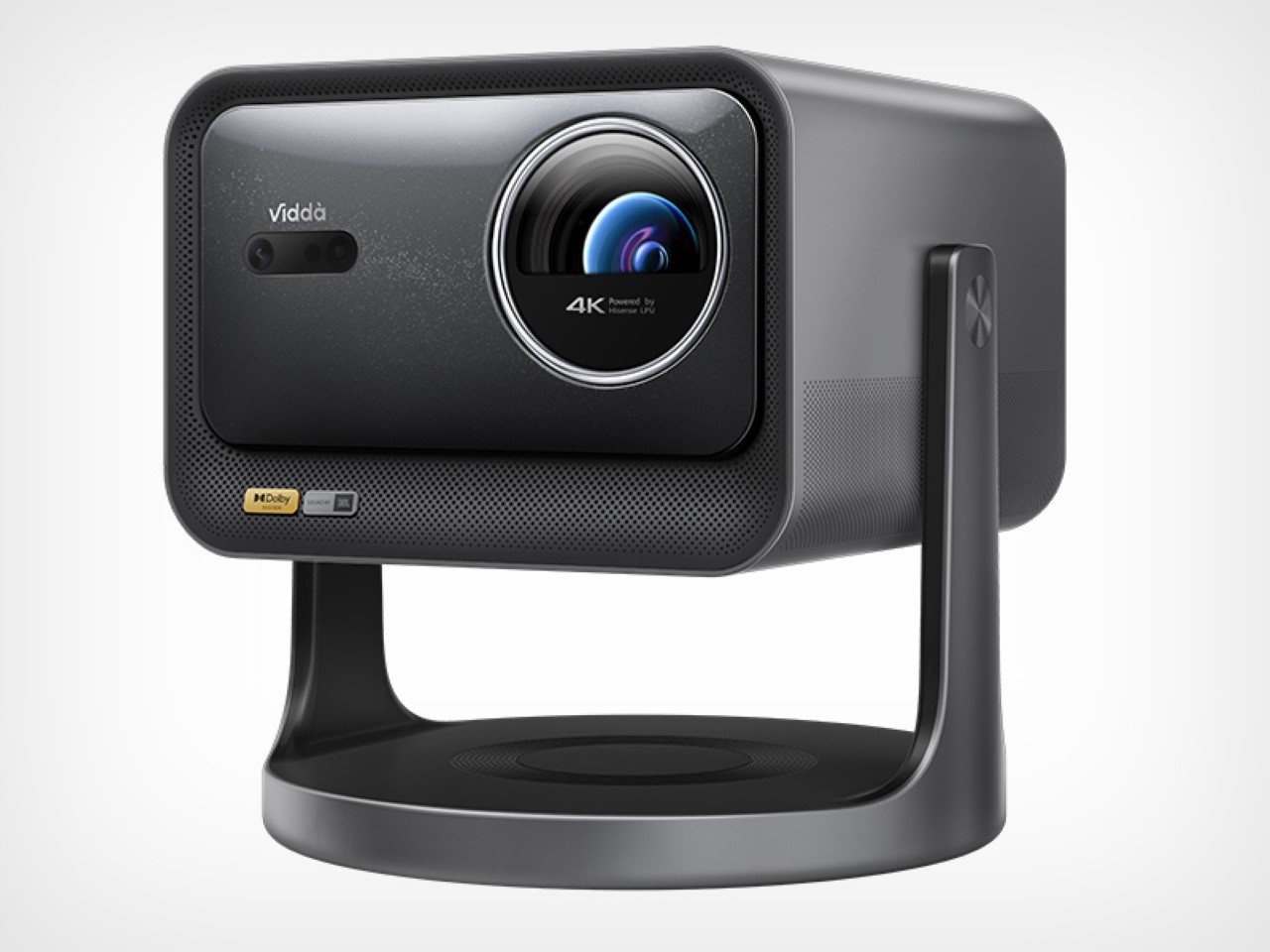

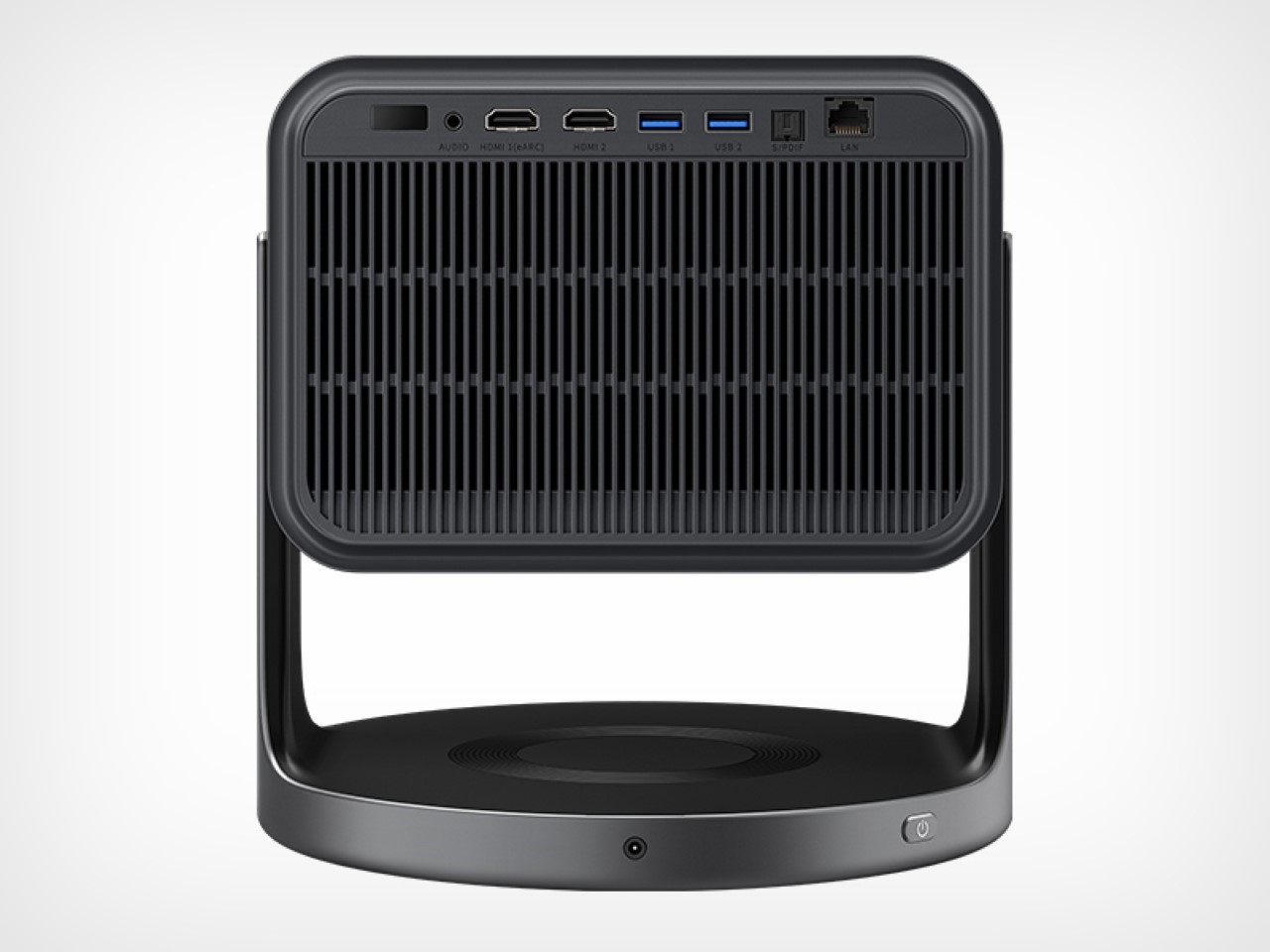

Color is where it gets less ambiguous. 110% of the BT.2020 color gamut coverage is a flex, on paper, at least. The projector supports Dolby Vision, HDR10+, IMAX Enhanced, and Filmmaker Mode, which is more about decoding credentials than transformative difference in image quality. Still, having all those options baked into a sub-$1,400 unit (¥9,499 in China) is nothing to shrug at, especially for anyone streaming high-quality content from platforms that actually support those standards.
Throw ratio sits between 0.9:1 and 1.5:1, which basically means you can throw a 100-inch image from just over six feet away. Not ultra-short throw, but definitely apartment-friendly. The 1.67x zoom range is lossless and optical, so resizing your image won’t cost you resolution – something cheaper models fudge with digital scaling. There’s also automatic keystone, focus, and even object avoidance via onboard sensors. That last one sounds excessive until you trip over a toy car mid-setup and realize maybe the projector’s smarter than you.
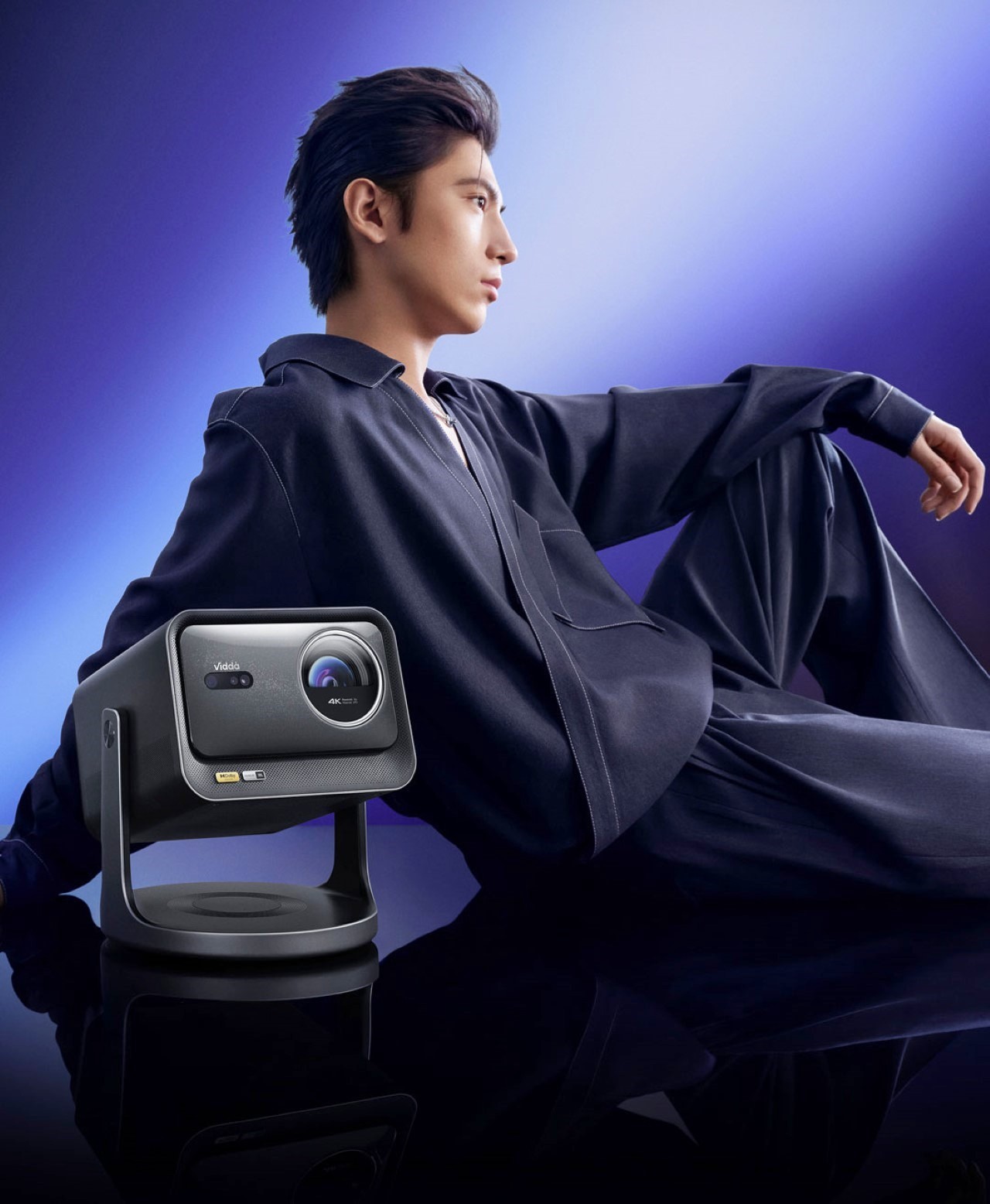

JBL’s audio partnership is a decent value-add, if not a game-changer. Two 10W drivers are fine for casual use, but nobody building a legit home theater setup is stopping at built-in speakers. That said, the inclusion of HDMI 2.1 with eARC is crucial. It gives you a proper audio pipeline for higher-end soundbars or AVRs, so you’re not stuck with compressed junk over Bluetooth.
Speaking of which, this thing supports Wi-Fi 7 and Bluetooth 5.4. That’s overkill today, but it future-proofs a device that might stay in your living room for 5+ years. Unlike most projector brands that feel like they’re just catching up, Hisense seems to be playing with next-gen tools before they’re trendy.
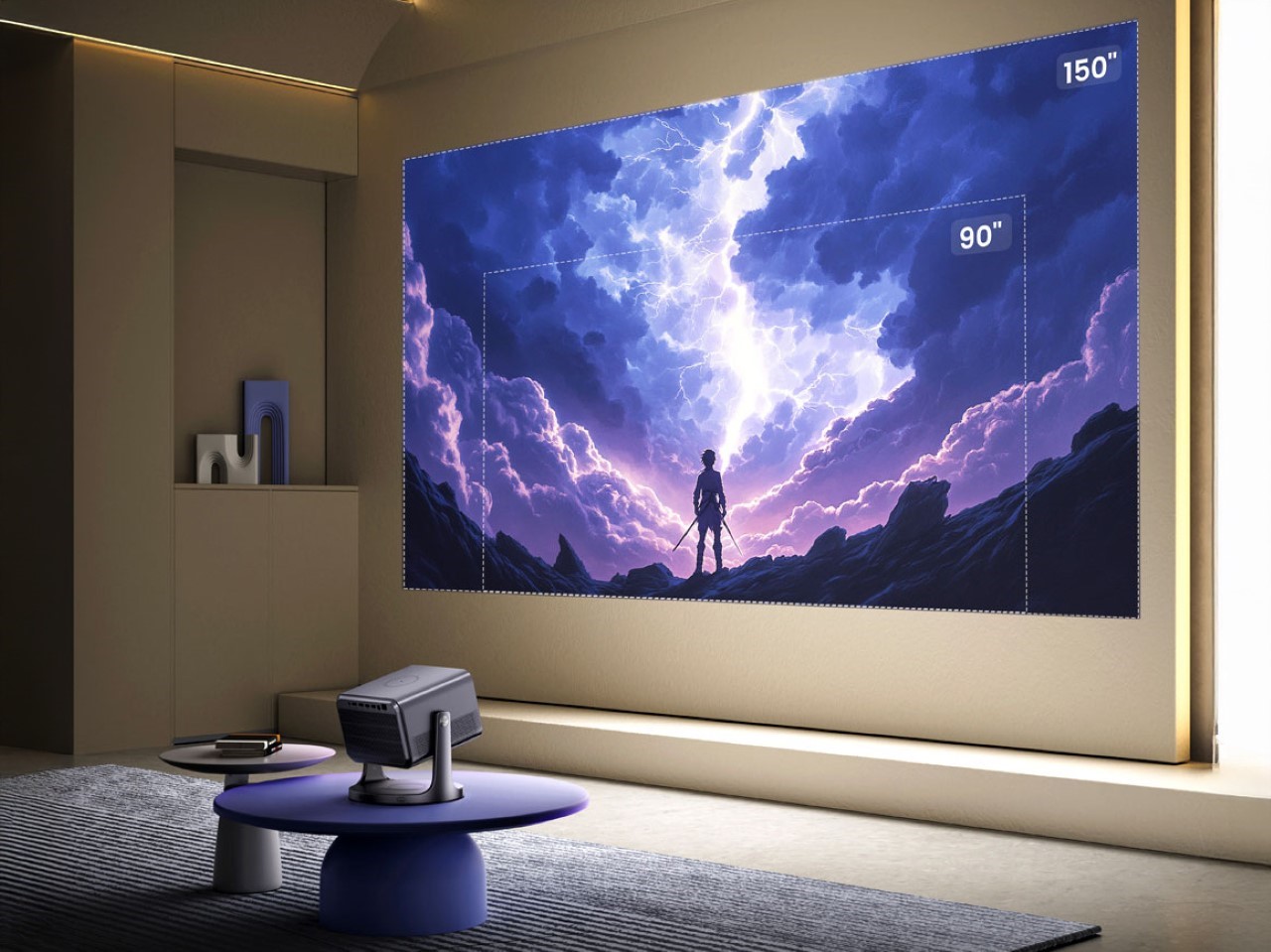

Hisense isn’t a newcomer to this industry. It’s a laser-centric powerhouse that’s been aggressively iterating, especially in the Chinese market. The C3 Pro sits just below the C3 Ultra, which boasts a beefier 3,200 CVIA lumens spec. But unless you’re projecting during solar flares, the Pro’s brightness will suffice. Compared to other 4K laser contenders like the Xgimi RS 20 Ultra Max or the JMGO N1 Ultra, the Vidda C3 Pro holds its own, particularly in color accuracy and software maturity.
At CNY 9,499 (~$1,318), the C3 Pro punches above its price class. U.S. consumers might be tempted by the older C2 Pro at nearly $2,000, but the smarter move is to wait and hope the C3 Pro makes its way west. Hisense has a pattern of testingthe waters at home before releasing globally.
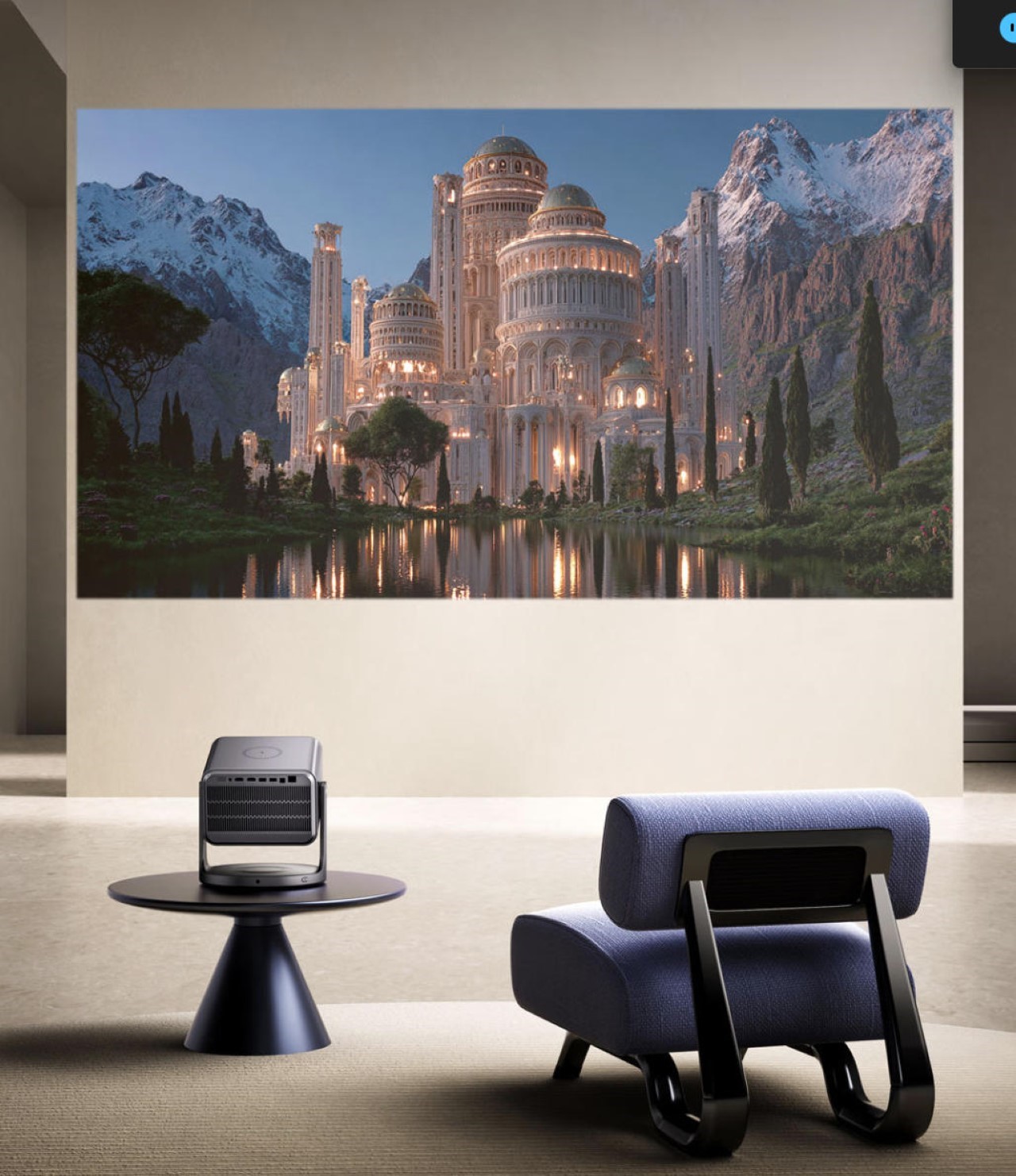

Sarang Sheth
If you liked the article, do not forget to share it with your friends. Follow us on Google News too, click on the star and choose us from your favorites.
If you want to read more like this article, you can visit our Technology category.



